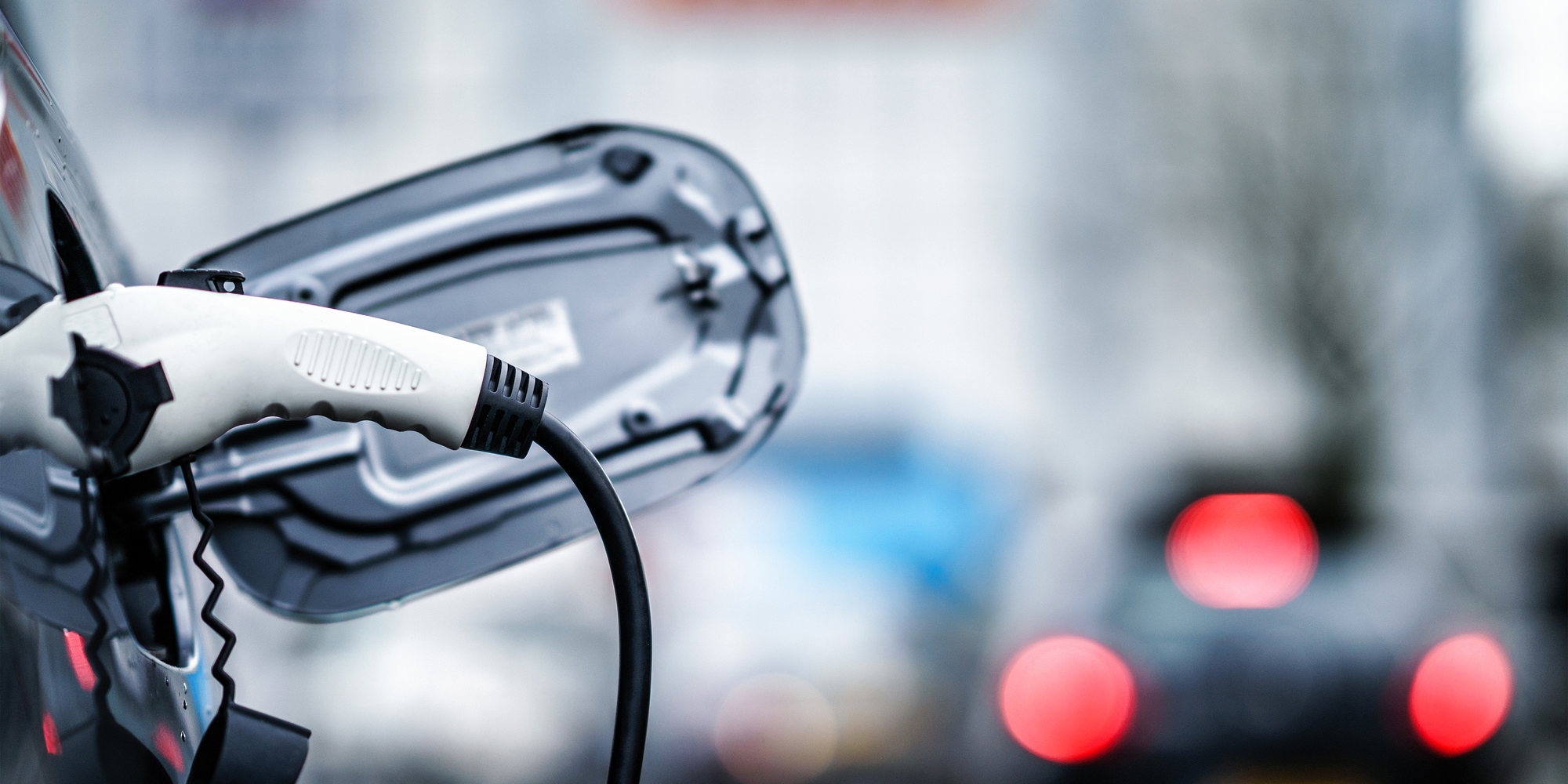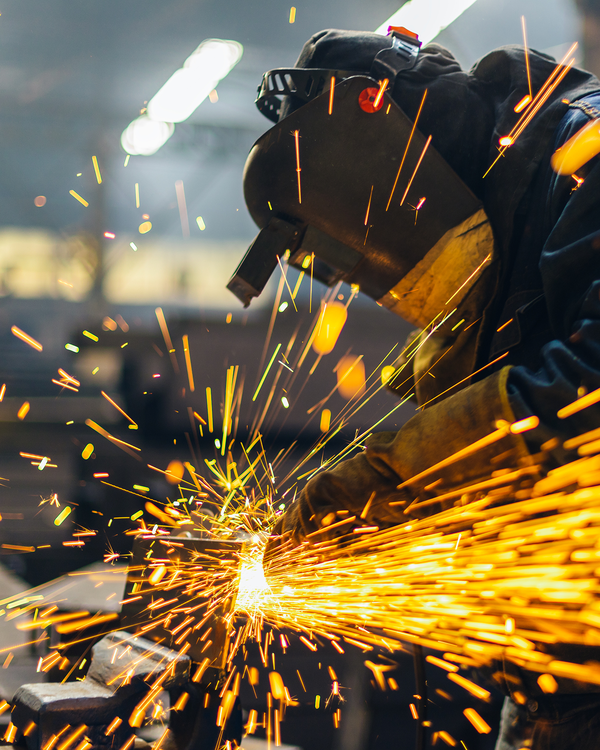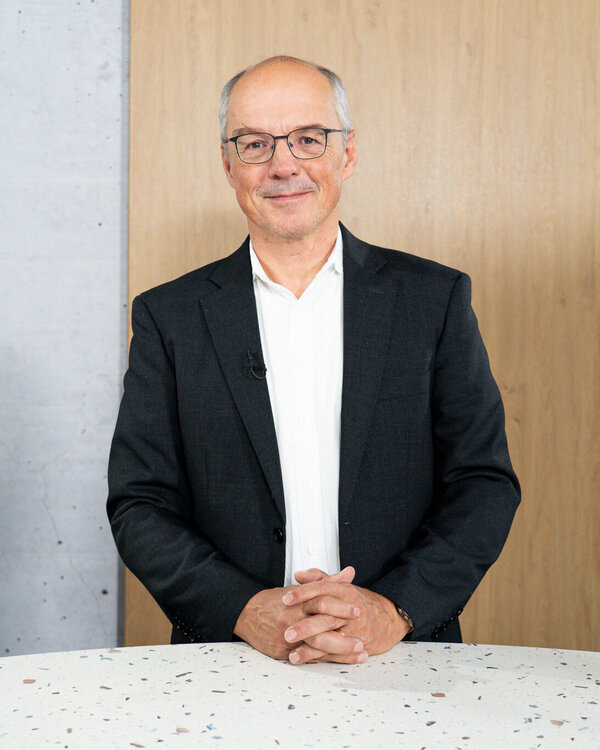The circular economy at the heart of the struggle for resources
The hoped-for energy transition cannot be achieved without certain raw materials. The confrontation over these resources is in full swing and has even become an issue in the US presidential election. In this context, the circular economy is one of the keys to economic independence. This is also important from an investor's point of view.

Lithium, nickel, copper or rare earth elements: their mass availability will be crucial to realising the vision of climate neutrality and a decarbonised economy.
These raw materials are at the starting point of the technologies that make the transition to clean and renewable energy sources possible in the first place; without lithium and nickel, there would be no batteries for electric vehicles (EVs), and without rare earth elements no electric motors. And without copper, there are no grids to transmit the green electricity.
However, when it comes to sourcing these materials, many Western countries are dependent on foreign regions. Amid rising geopolitical tensions, ensuring critical material independence seems paramount, and adopting circular economy practices may help to address the issue.
Key to achieve the energy transition
The urgent need to tackle climate change from a sustainability perspective is therefore leading to challenges in other areas: as clean energy sources become more widespread around the world, demand for the relevant raw materials is likely to increase.
Regions who do not have their own resources risk losing out in this competition: they must therefore secure access to these raw materials. Or they try to become as independent as possible from suppliers prone to conflict. This struggle for economic independence therefore goes hand in hand with efforts to achieve an energy transition.
This is where the circular economy comes into play. Not only does it promise sustainable management of natural resources, but it is also proving extremely useful in keeping materials already in circulation within the system. Investors who focus on the circular economy theme should therefore always keep the factor of economic independence in mind.
Impending regionalisation of Western economies
As it is, western countries are already highly dependent on unstable or politically competing states for the supply of critical raw materials: 60% of the world's rare earths come from China, almost 60% of cobalt from the Democratic Republic of Congo and around a quarter of all platinum metals from Russia (see table below). According to the EU Commission, the block faces risks related to the supply of the 27 critical raw materials, essential in high-tech products.
Worldwide production of critical minerals (shares in %)

This concentration of resources in a few countries is fuelling geopolitical tensions and could exacerbate them in the future. As shown in the Globalisation Index of the Swiss Economic Institute (KOF), such conflicts - together with the coronavirus pandemic - have already led to a noticeable slowdown in global trade. The index measures the three criteria of economic globalisation, cultural and social globalisation, and political globalisation. An index value is determined for each of these criteria (see table below).
Governments and political organisations, particularly in the industrialised West, have recognised this importance. Last spring, for example, the US raised import tariffs (article in German) on lithium-ion batteries for electric vehicles from 7.5% to 25%. Import tariffs on Chinese electric vehicles, solar cells and certain raw materials have also been raised significantly. With the US presidential election in November this year, the wind may soon be blowing even more strongly in this direction. Donald Trump, the Republican Party candidate, has promised even higher tariffs against China, which has already caused a lot of nervousness in commodity markets.
KOF Index of Globalisation: Covid and political tensions have caused a turnaround in the rate of globalisation (in index points)

Meanwhile, developed countries are also trying to secure their economic independence through strategic programmes. Examples include the US's Inflation Reduction Act (IRA) , the EU's Critical Raw Materials Act (CRM) and Canada's Critical Minerals Strategy.
Recycled materials to enjoy governmental support
The confrontation over economic independence has therefore begun, and the circular economy is part of the legislative tools to achieve it. In mid-2023, for example, the US passed a subsidy provision as part of the IRA legislation to combat inflation. The aim is to encourage the recycling of electric car batteries: All battery materials processed in the United States will now be considered 'Made in America' and contribute to the minimum percentage of components manufactured in the United States or 'friendly' countries. This will enable vehicles to reach a greater recycled content and be eligible for government subsidies. The United States is already experiencing a boom in recycling centres.
In Europe, where recycling capacity for electric car batteries is still limited, the EU has also taken action. Through a new regulation that has come into force in summer 2023, the European Union is also promoting a circular economy. This is explicitly aimed at reducing dependence on third countries for battery raw materials. In addition to the goal of climate neutrality, minimum recycling rates for these raw materials have been introduced, starting at 6% for lithium and nickel.
Moving away from the linear economy
Thus, the move away from the linear economy is underway as governments around the world take steps to promote the circular economy and companies increasingly adopt circular practices. The circular economy thus offers a good mix of sustainability and profitability, while and the rush for raw materials is only reinforcing its relevance in the context of possible shortages.
The recycling of lithium-ion batteries used in electric vehicles is one example where the combination of sustainability objectives and economic independence could lead to significant investment opportunities. These batteries are particularly valuable from a circular economy perspective because their raw materials can be reused countless times without losing their effectiveness. According to a Reuters report, 40% of new electric car batteries could come from recycling as early as 2040.
Meanwhile, consultancy Circular Energy Storage estimates that the total volume of recycled electric car batteries will increase tenfold by 2030. According to analyst firm EMR, the total market for recycled batteries is expected to grow from $11 billion to $18 billion by 2028.
Still early stages
However, from an investor perspective, the attractiveness of each sub-sector of the circular economy needs to be carefully analysed. This seems particularly important in the processing of critical raw materials, as this sector is highly diversified and often still in the investment or start-up phase.
In view of this complexity, actively managed funds can offer significant added value: The asset management of Zürcher Kantonalbank that manages the brand Swisscanto has many years of in-depth expertise in sustainable thematic investments and has dedicated a sustainable investment strategy to the long-term investment theme of the circular economy.


